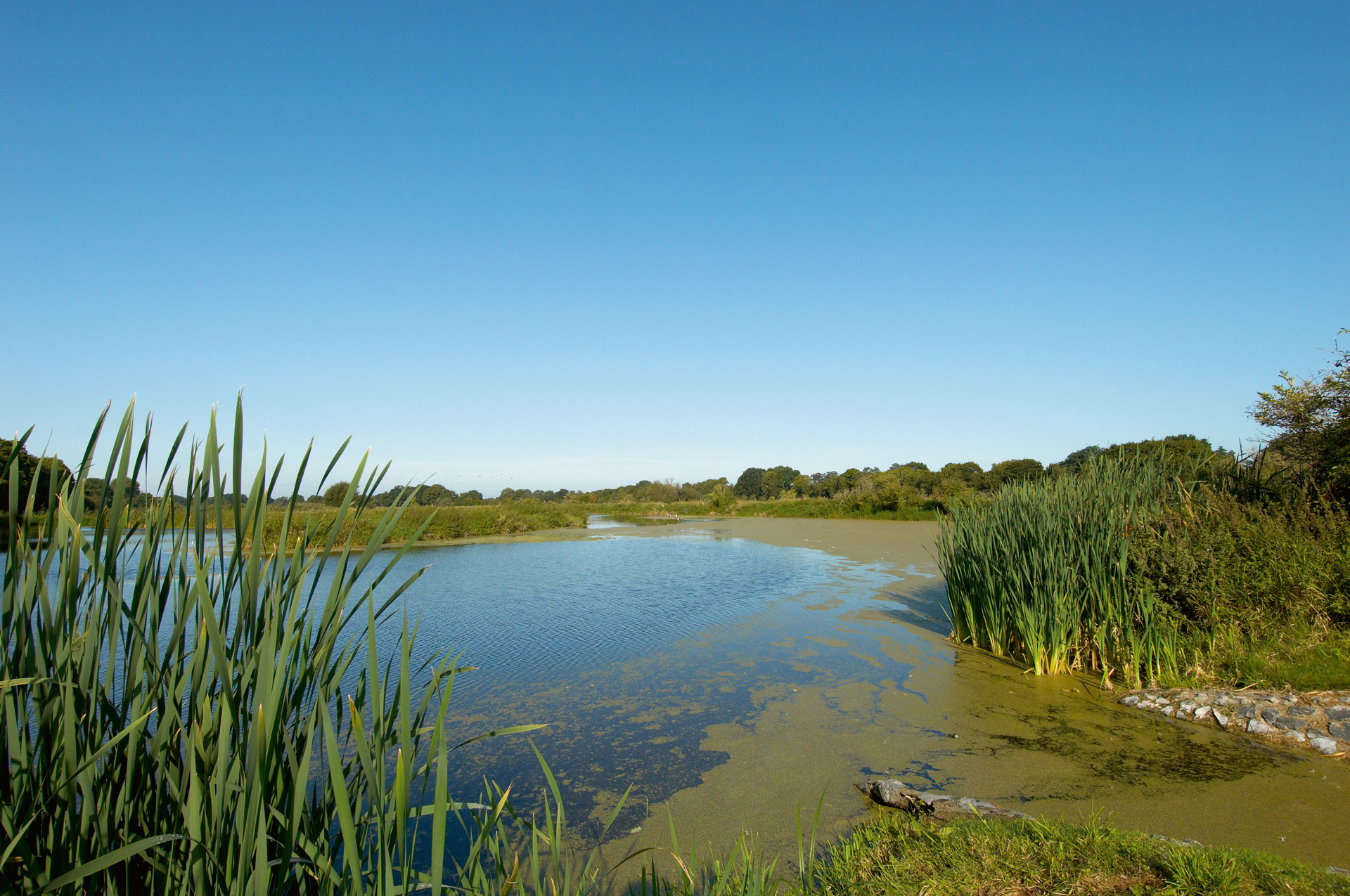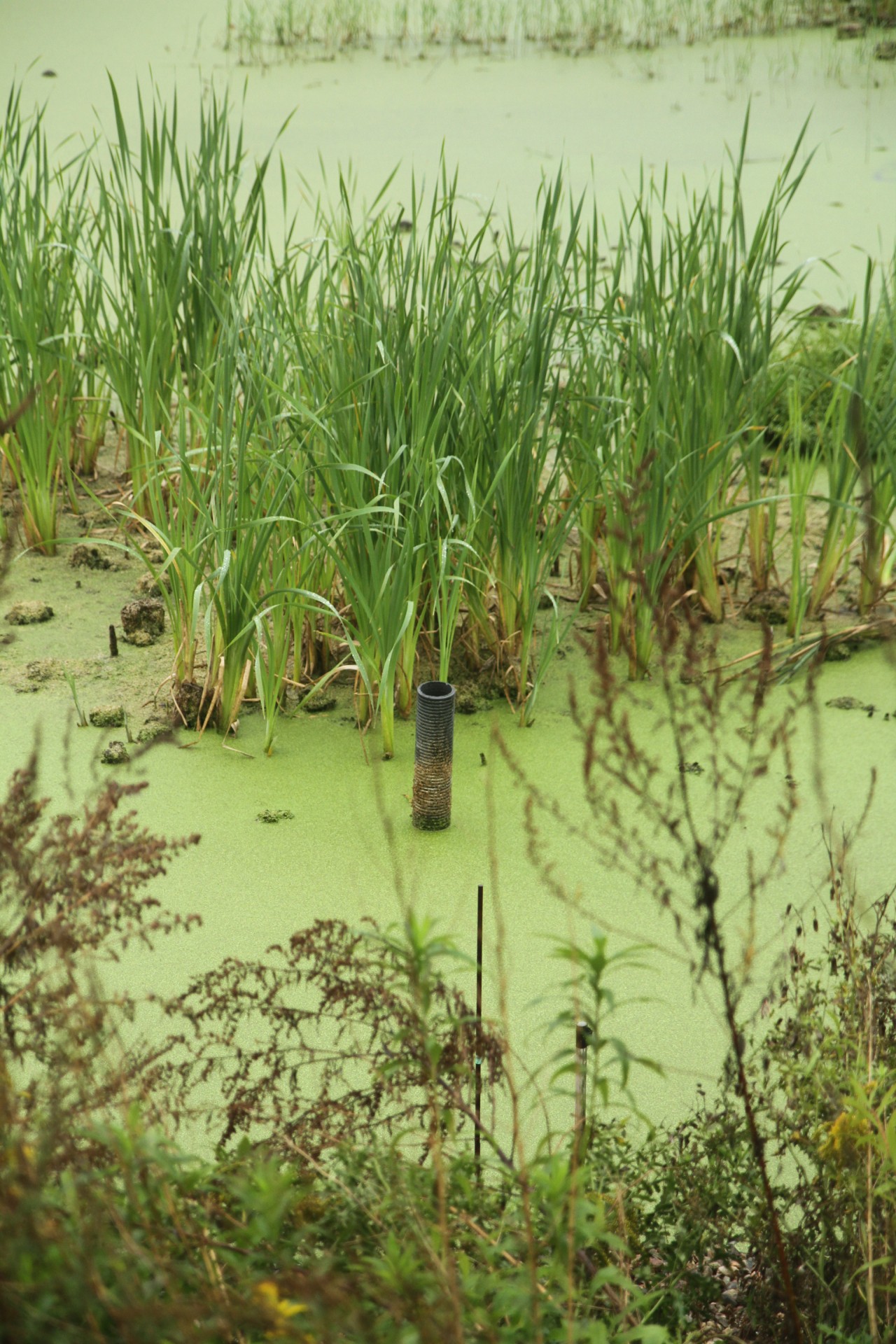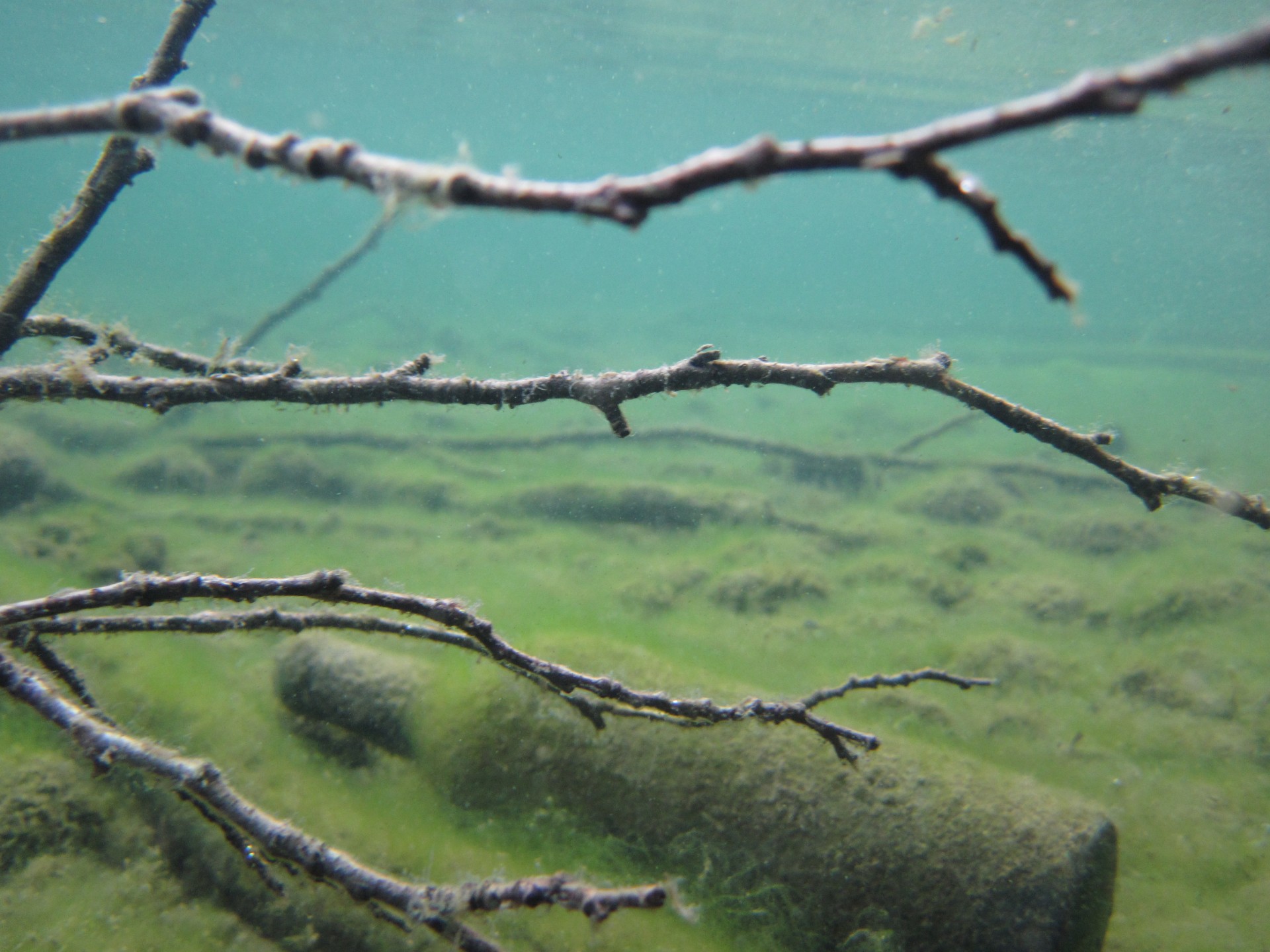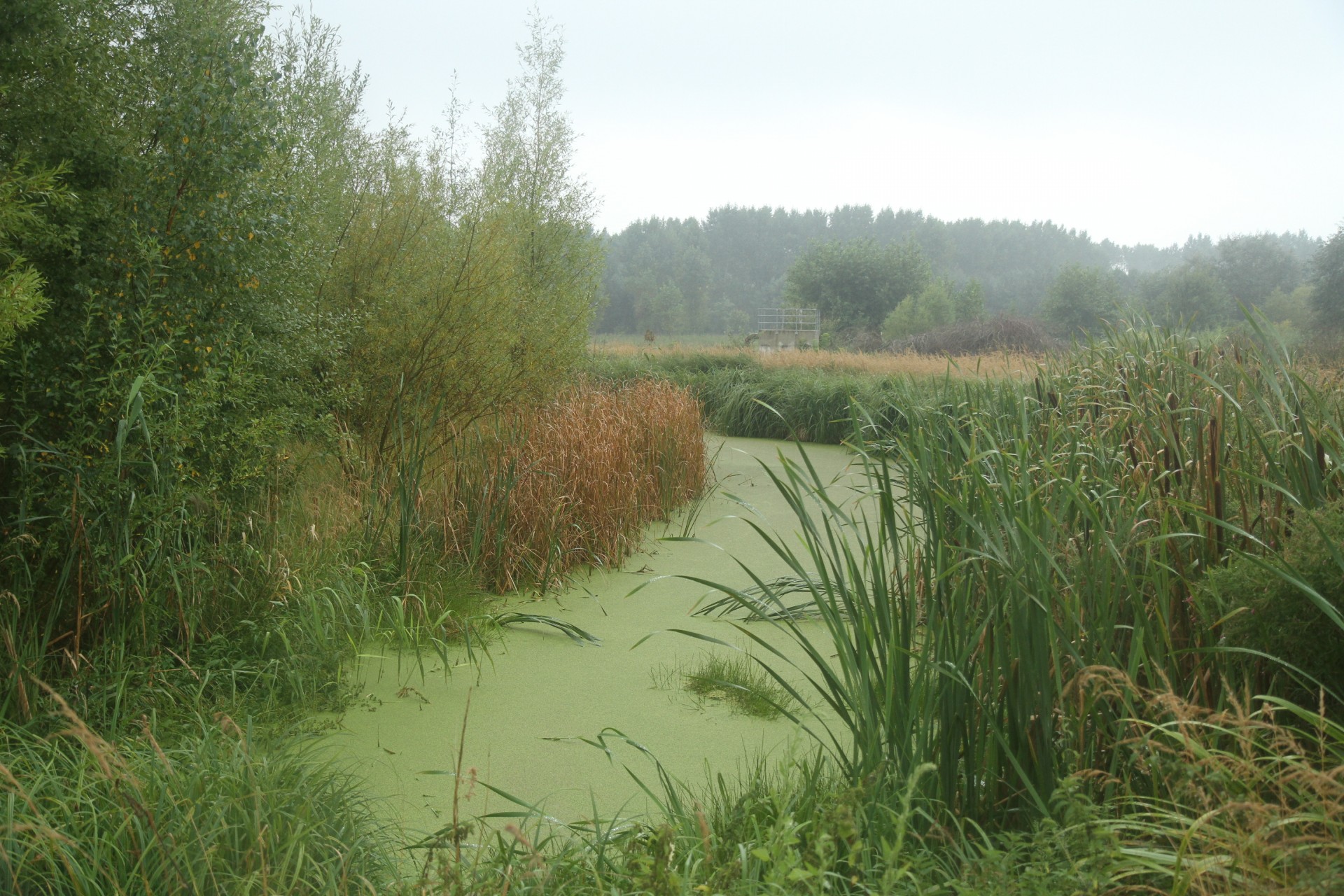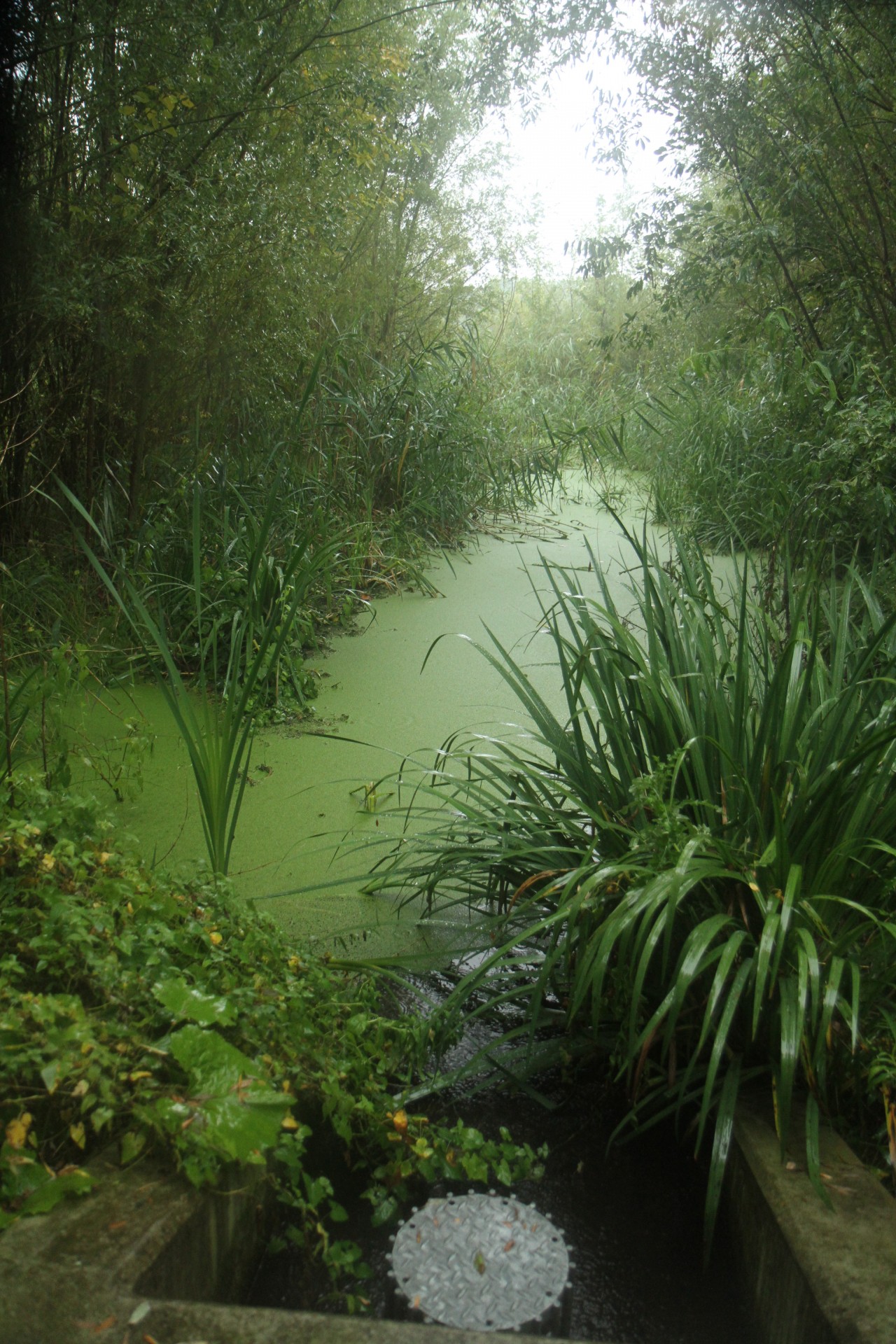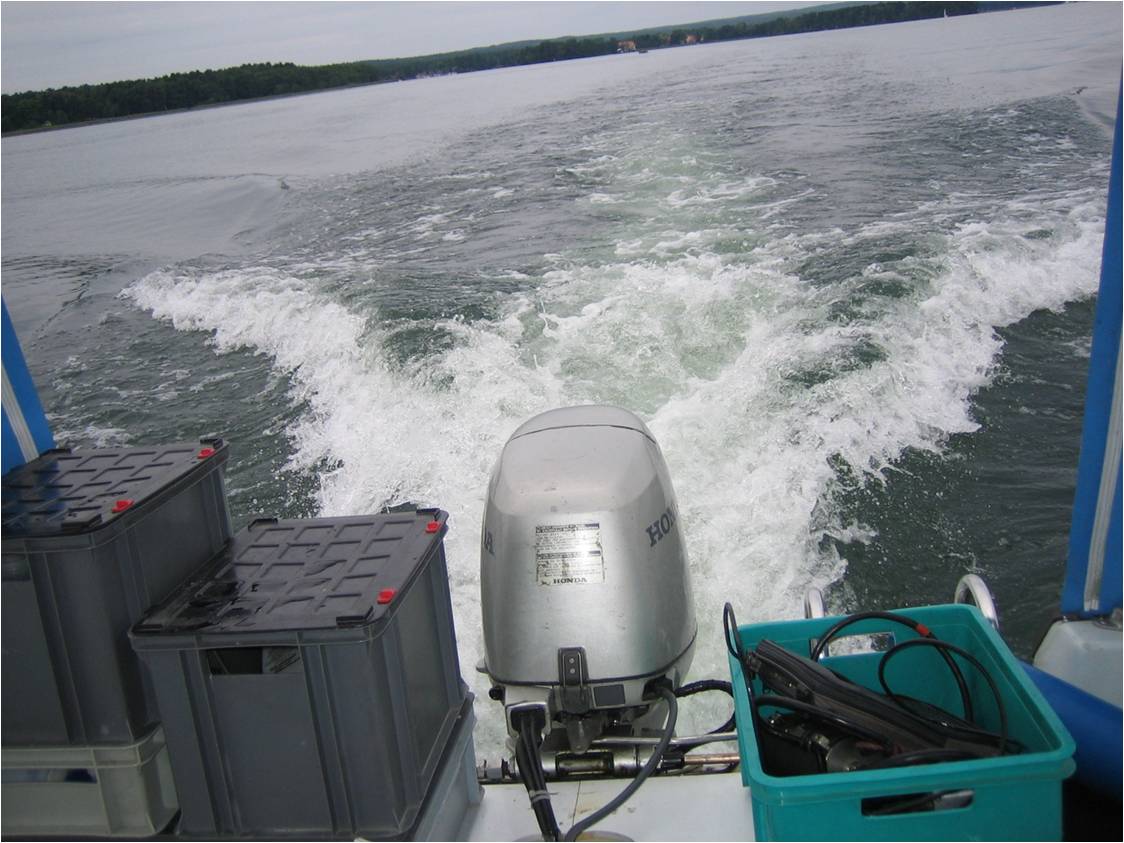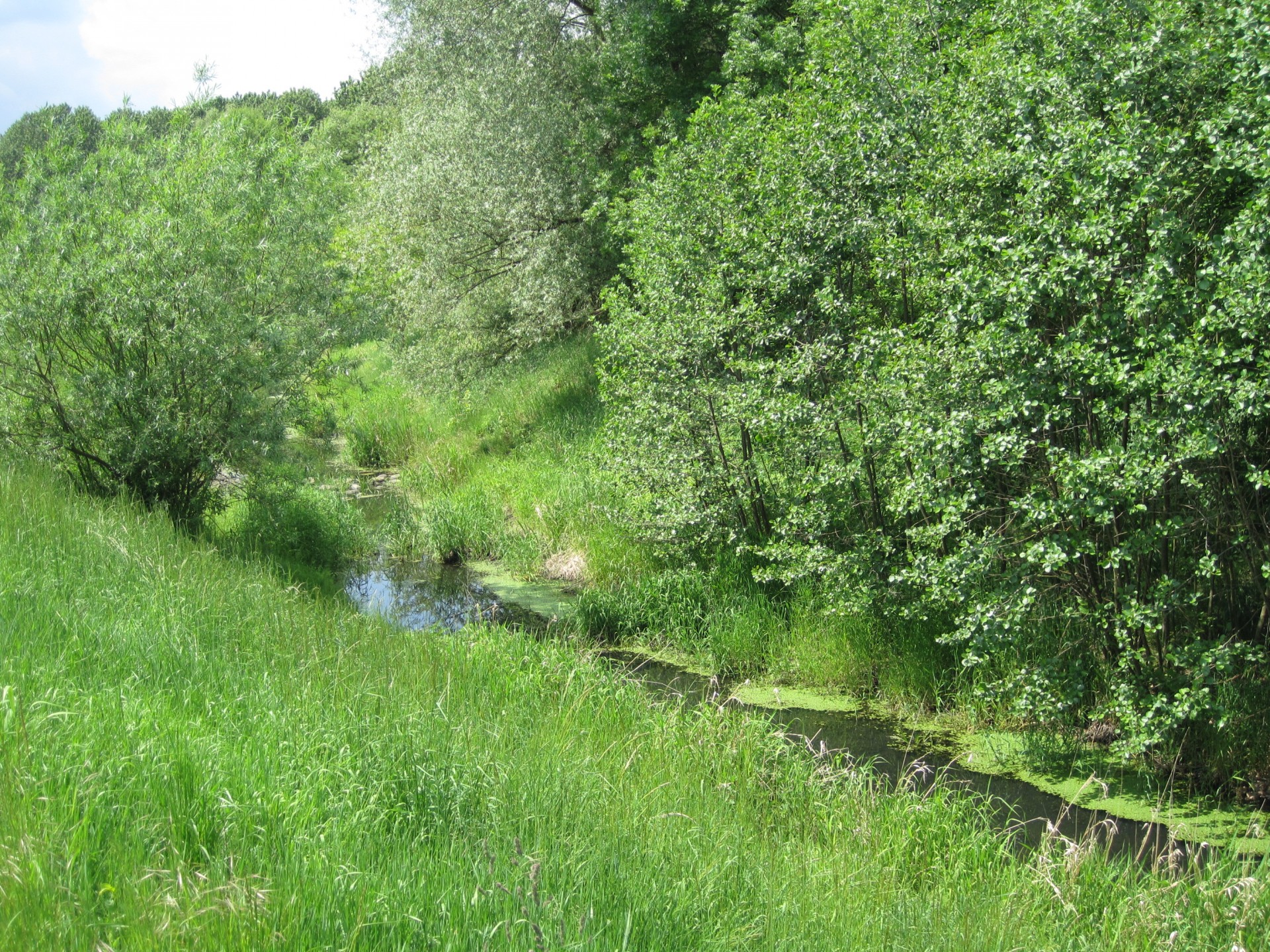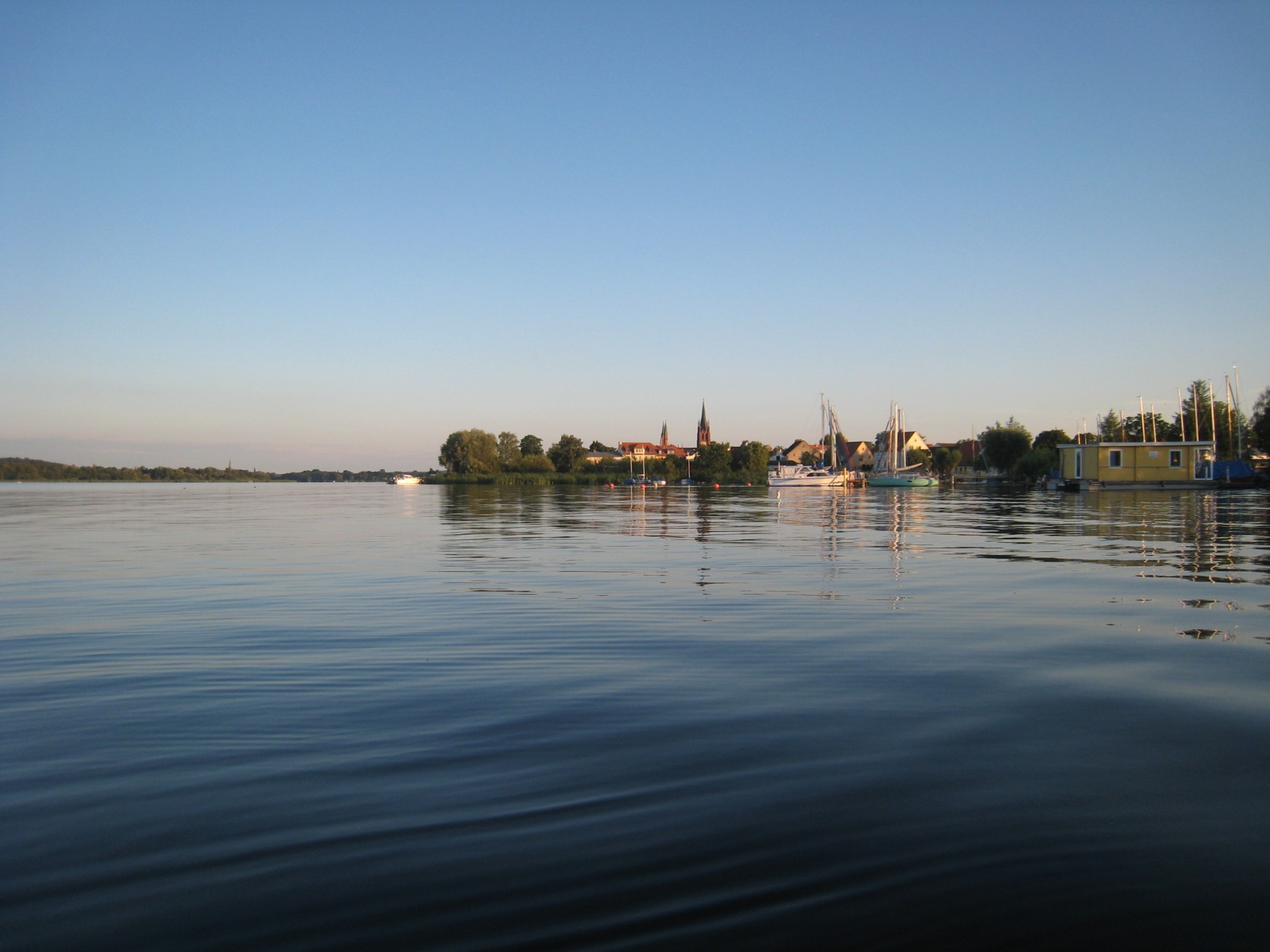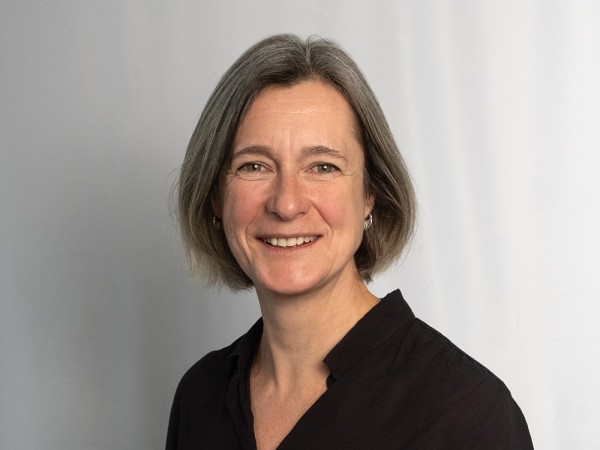Most inland waters in Germany will not meet the good ecological status requirements stipulated in the EU Water Framework Directive by 2015. It was previously assumed that phosphorus is the primary determinant of water quality. In recent years, however, increasing evidence has emerged suggesting that nitrogen is also a significant factor governing the quality of surface waters. This has led to demands for procedures to ensure the reduction of nitrogen input.
Measures for the reduction of nitrogen inputs from point sources (e.g., wastewater treatment plants) and diffuse sources (e.g., agriculture) are much more expensive than those for reduction of phosphorus inputs. The question of whether these actions are ecologically effective cannot be answered at present because the necessary information about the origin, turnover and effects of nitrogen is lacking. Therefore, the public and private funders and implementers of these measures are emphatically demanding clarification of the benefits of nitrogen reduction.
This is where NITROLIMIT comes into play. The project was designed to determine the status quo of nitrogen concentrations in surface waters in different ecoregions and catchment areas, to contribute to understanding the significance of nitrogen for phytoplankton activity, and to gain further insights on nitrogen input and internal nitrogen turnover in lakes and rivers. Newly collected data on these parameters will be used in catchment areas and ecosystem models to simulate the development of water quality at reduced nitrogen concentrations for different climate scenarios. In addition, the costs of the various nitrogen reduction measures will be weighed against the benefits of environmental improvement.
In the scope of this joint research project, KWB is responsible for the following tasks:
Water quality modelling of river Havel with Qsim, particularly for system analysis of nitrogen cycle
Development of a catalogue of existing solutions for reduction of diffuse and point nitrogen input
Life Cycle Assessment (LCA) and life cost analysis of selected treatment processes for advanced nitrogen removal
In cooperation with the project partners: Compilation of recommendations for decision makers, which are ecologically reasonable, sustainable and economically efficient for river management in urban and rural catchments.
© Header-Foto: Leibniz-Institut für Gewässerökologie und Binnenfischerei
© Slider-Fotos: KWB / Leibniz-Institut für Gewässerökologie und Binnenfischerei

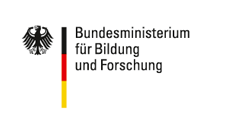

- NITROLIMIT - Stickstofflimitation in Binnengewässern: Ist Stickstoffreduktion ökologisch sinnvoll und wirtschaftlich vertretbar? Abschlussbericht des BMBF-Verbundprojekts NITROLIMIT II
- Untersuchung des Stickstoffumsatzes im Flusssediment mit vereinfachten Modellansätzen. NITROLIMIT 2, Gemeinsamer Ergebnisbericht, Kapitel 2.3.2
- Bewertung umgesetzter urbaner Maßnahmen zur Nährstoffreduktion. NITROLIMIT 2, Gemeinsamer Ergebnisbericht, Kap. 3.1.2
- Ökobilanz von ausgesuchten Maßnahmen im urbanen Bereich. NITROLIMIT2, Gemeinsamer Ergebnisbericht, Kap. 3.6
- Vergleichende Ökobilanz von weitergehenden Stickstoffeliminierungsverfahren in Großkläranlagen
